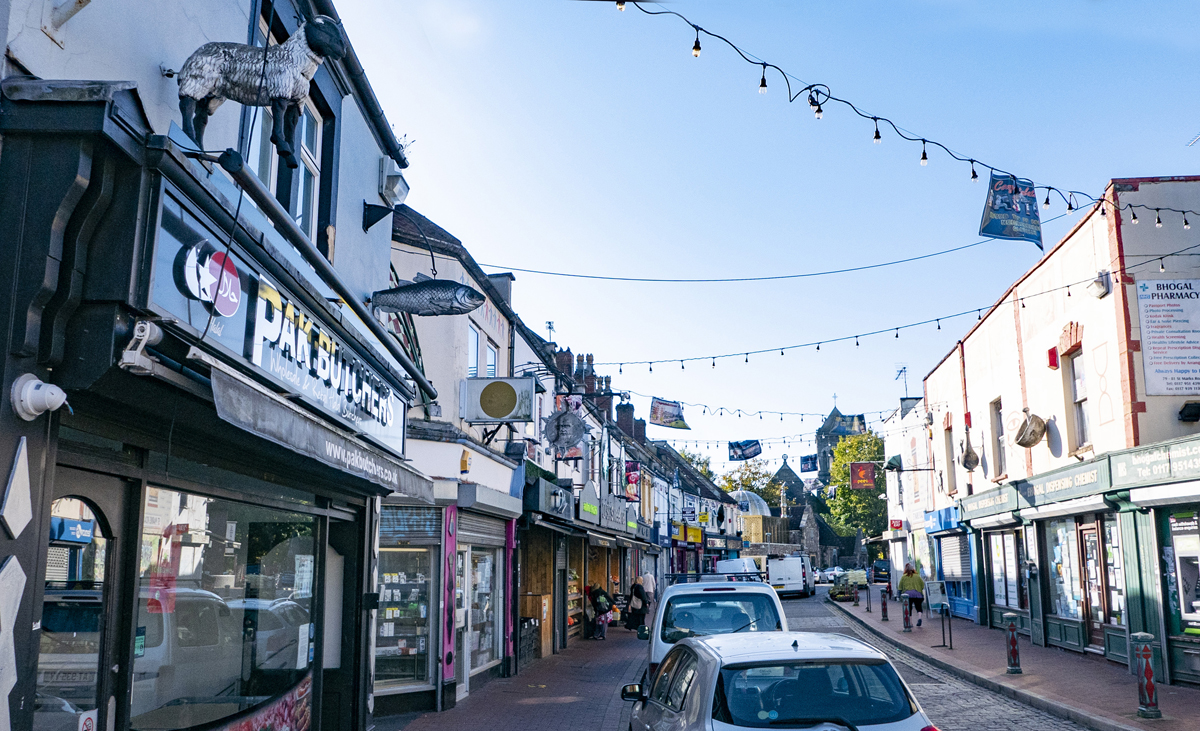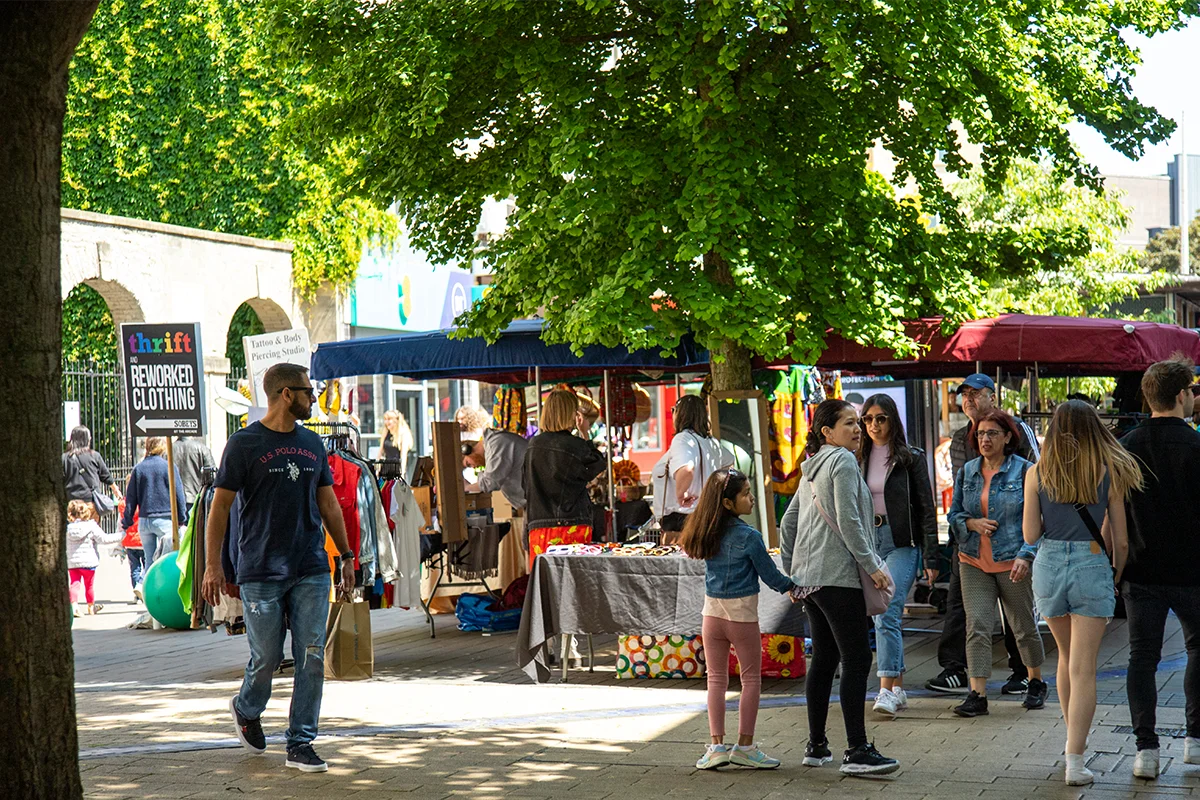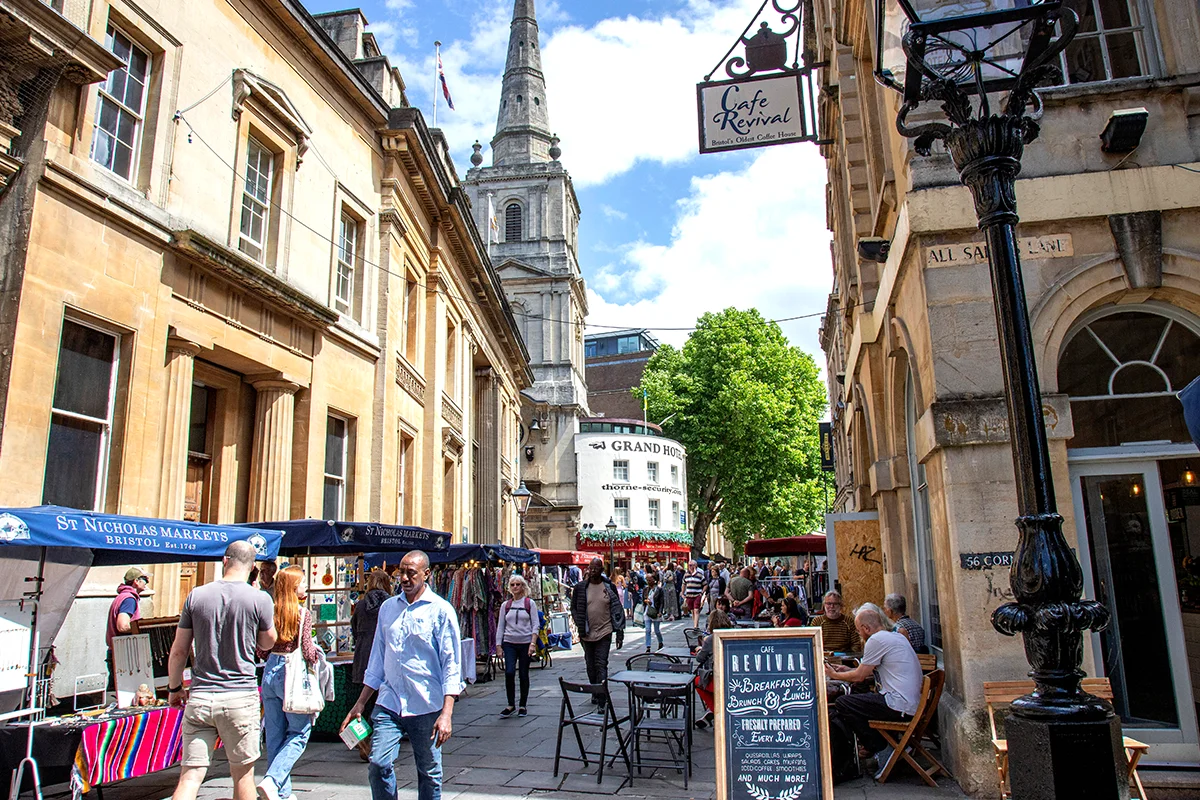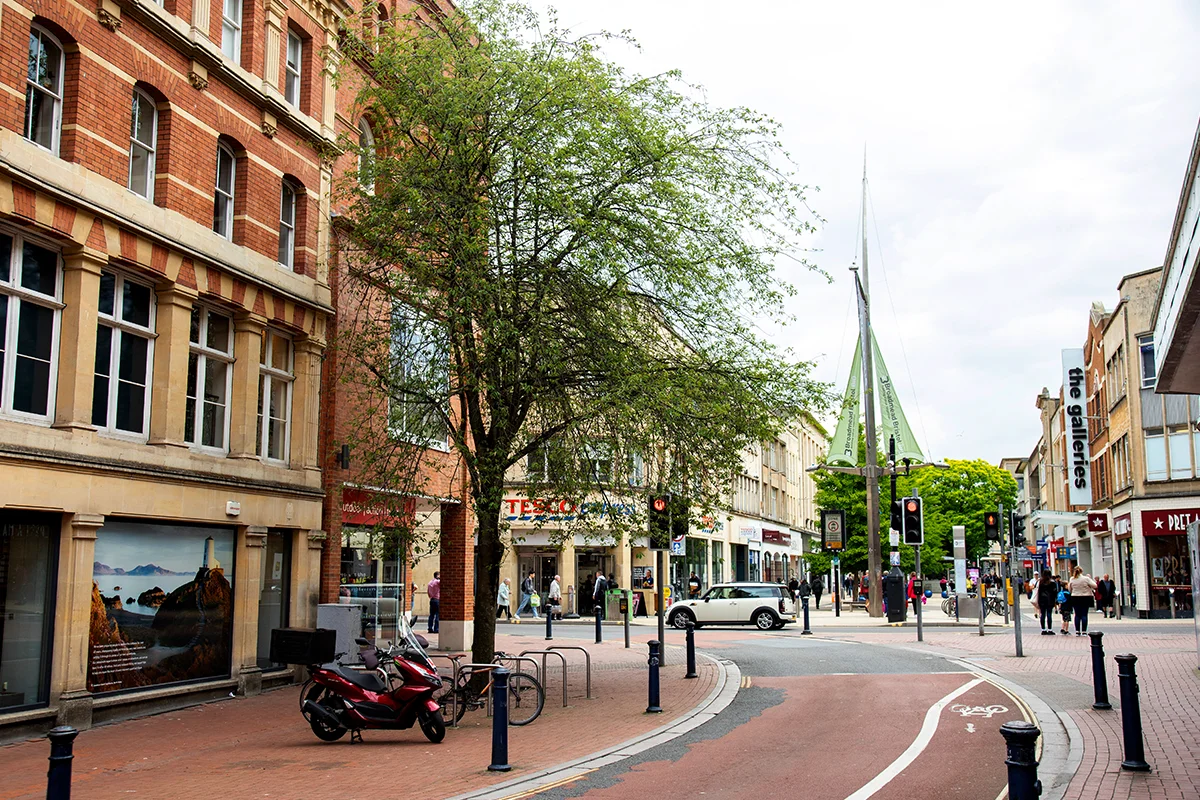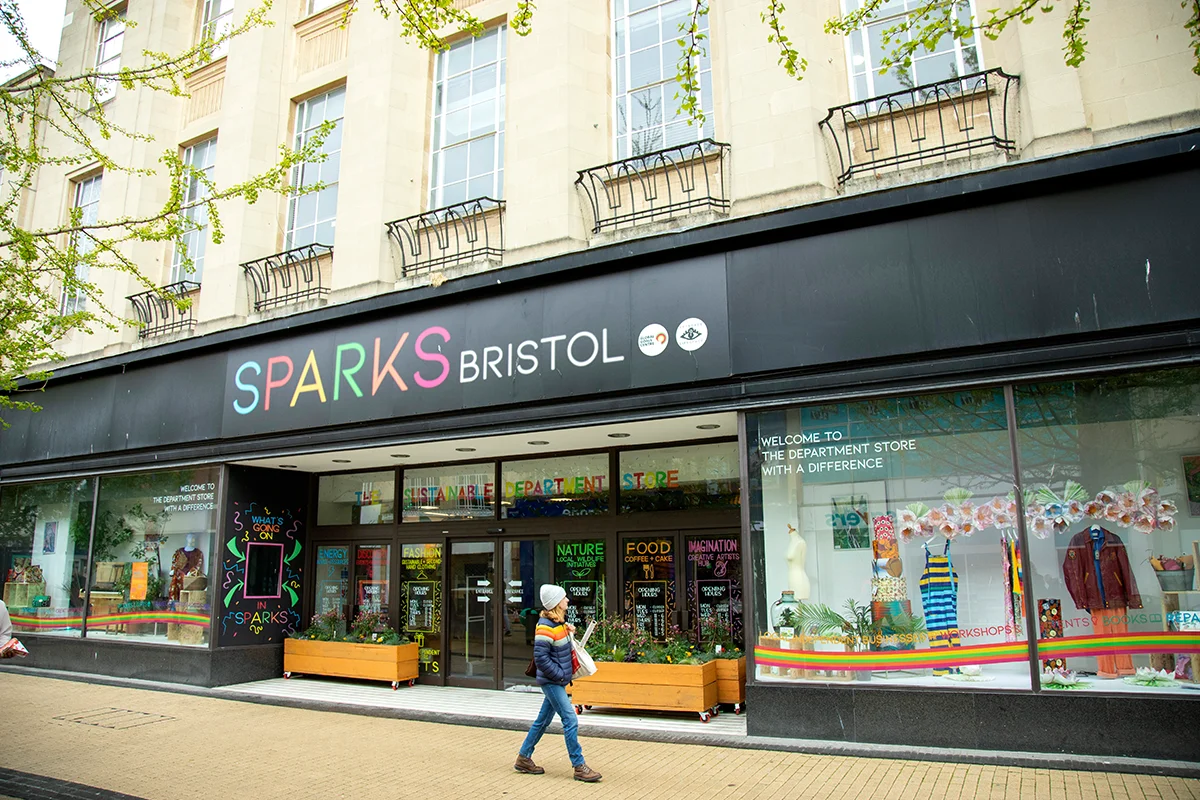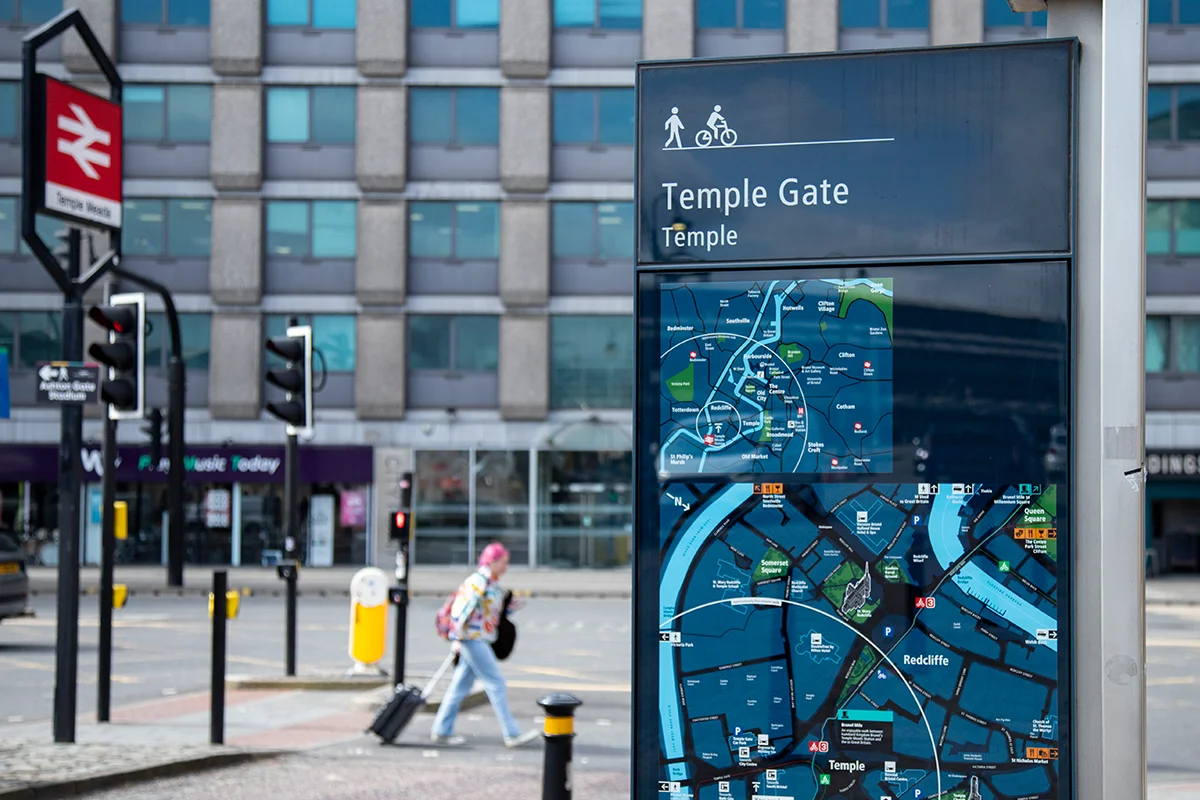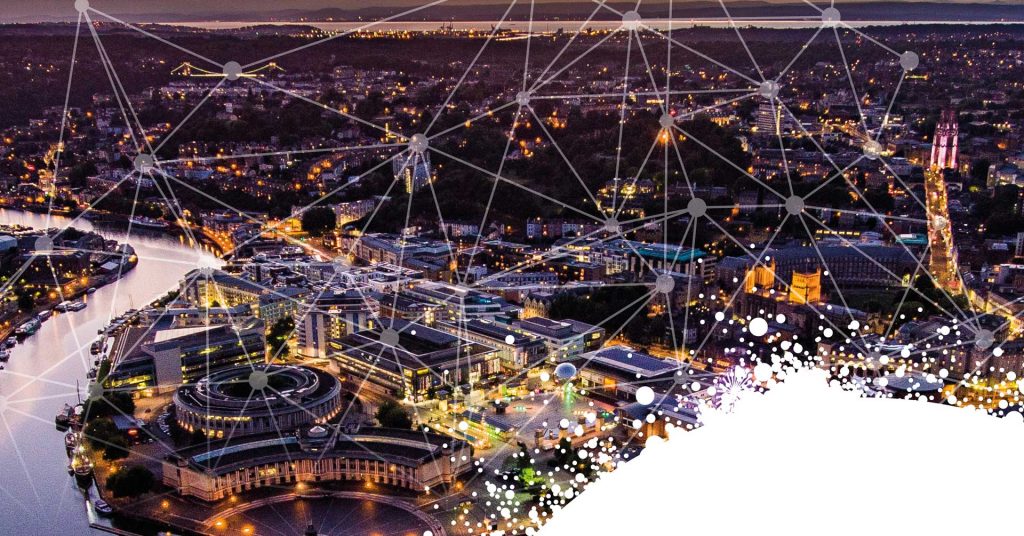Our City Centre today
The City Centre includes the distinct areas of Bristol Shopping Quarter (Broadmead, The Galleries and Cabot Circus), Park St and Queens Road, Old City, Christmas Steps, King Street, Harbourside, Old Market, Redcliffe, Temple Quarter and Stokes Croft.
A meeting place and home for key services in the city including administrative, healthcare, retail, cultural, educational, professional and transport sectors, the city centre is a diverse area serving its residents and visitors. It is the economic heart of Bristol and an important economic centre for the region facilitating many of the activities that makes Bristol known for being a great place to live and work. There is a high concentration of employment contained within the city centre, with over 140,000 people employed and 47% of Bristol’s jobs located here. The prosperity and availability of employment attracts people to Bristol. The prosperity and availability of employment attracts people to Bristol.
As well as being an economic centre, the city centre is also an important place for urban living – 9,000 new homes were completed between 2009 and 2021 and it has the potential for thousands more.
The city centre is a sustainable location with transport hubs (Temple Meads Railway Station, the main bus station on Marlborough Street and MetroBus) connecting to wider Bristol and locations further afield. Using these, as well as walking and cycling, visitors and residents can easily access the distinct city centre areas including the principle retail, shopping and leisure destination in the South West; a thriving evening economy and night life for food, music and arts; the Floating Harbour which stretches over 70 acres and is an internationally renowned tourist attraction featuring its waterway and various cultural offerings; Bristol’s historic core and the Old City include key heritage sites and buildings home to a mix of uses, green spaces and surrounded by a more contemporary setting.
